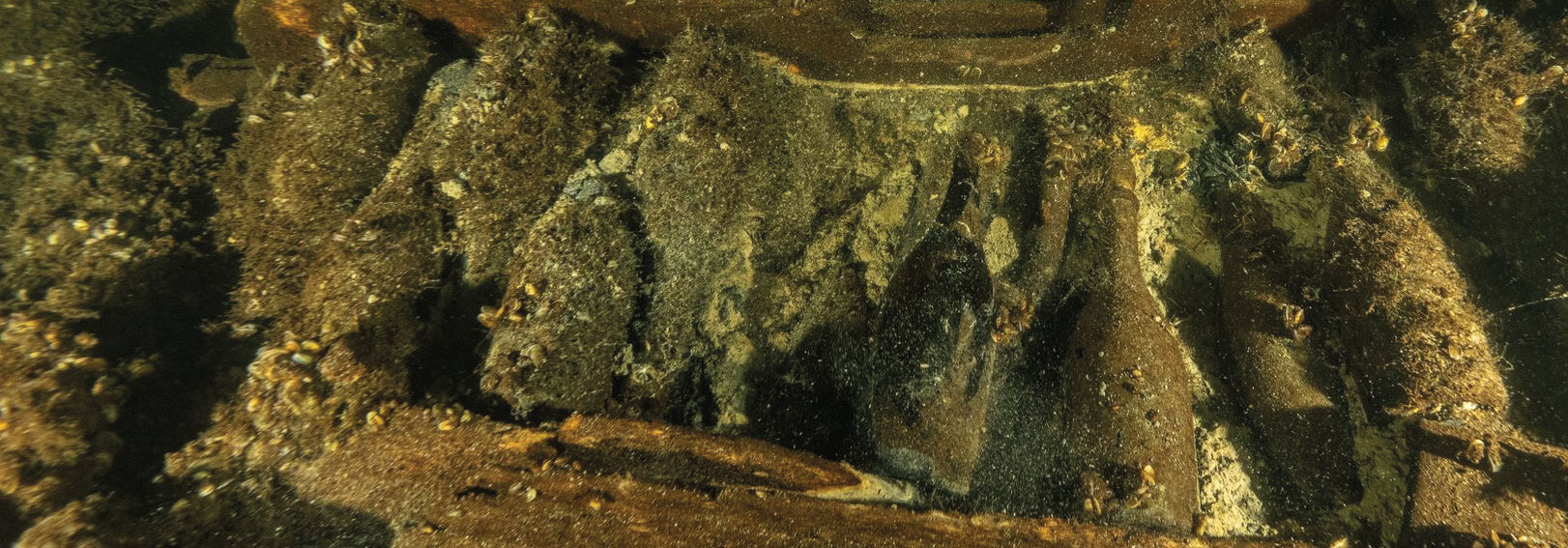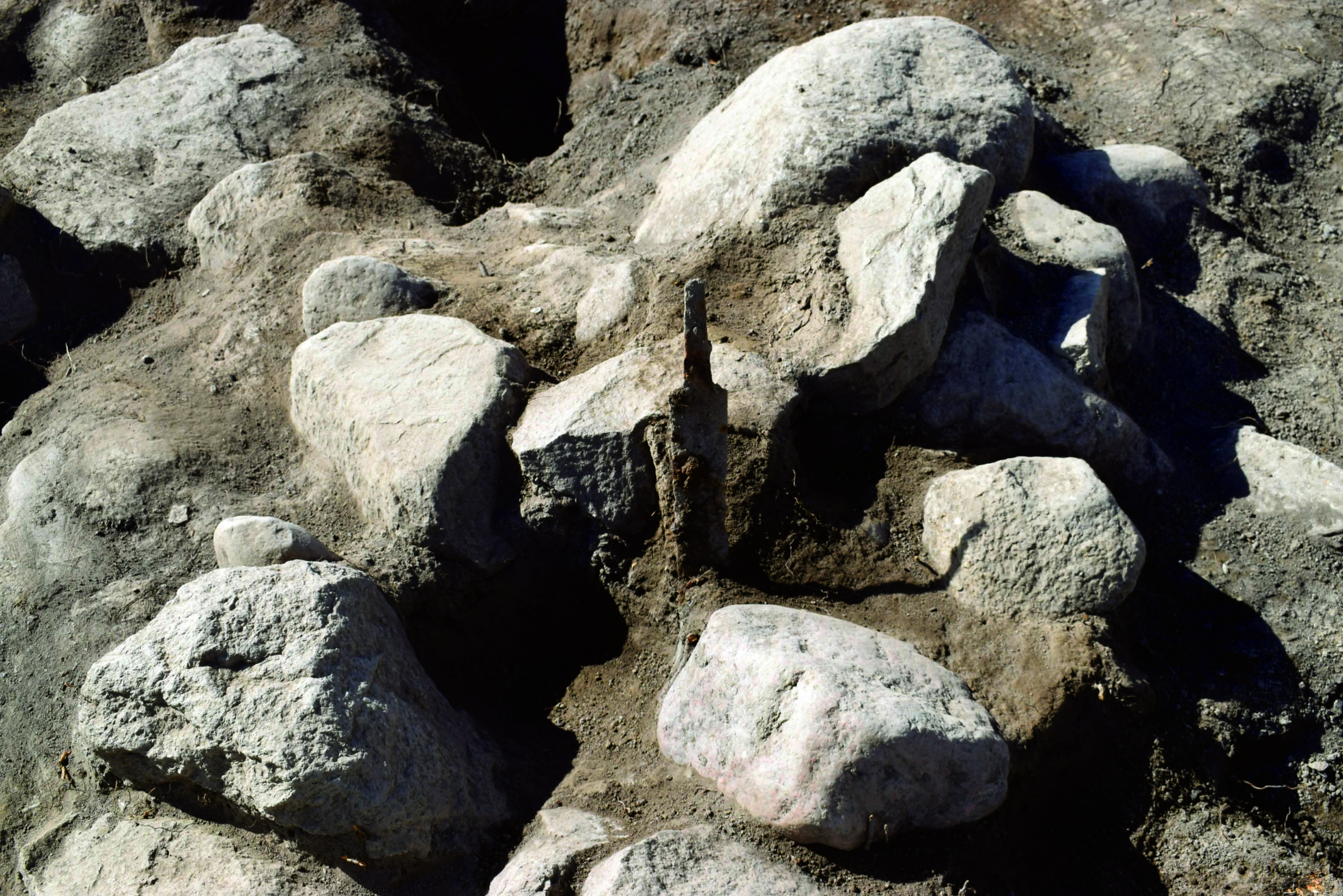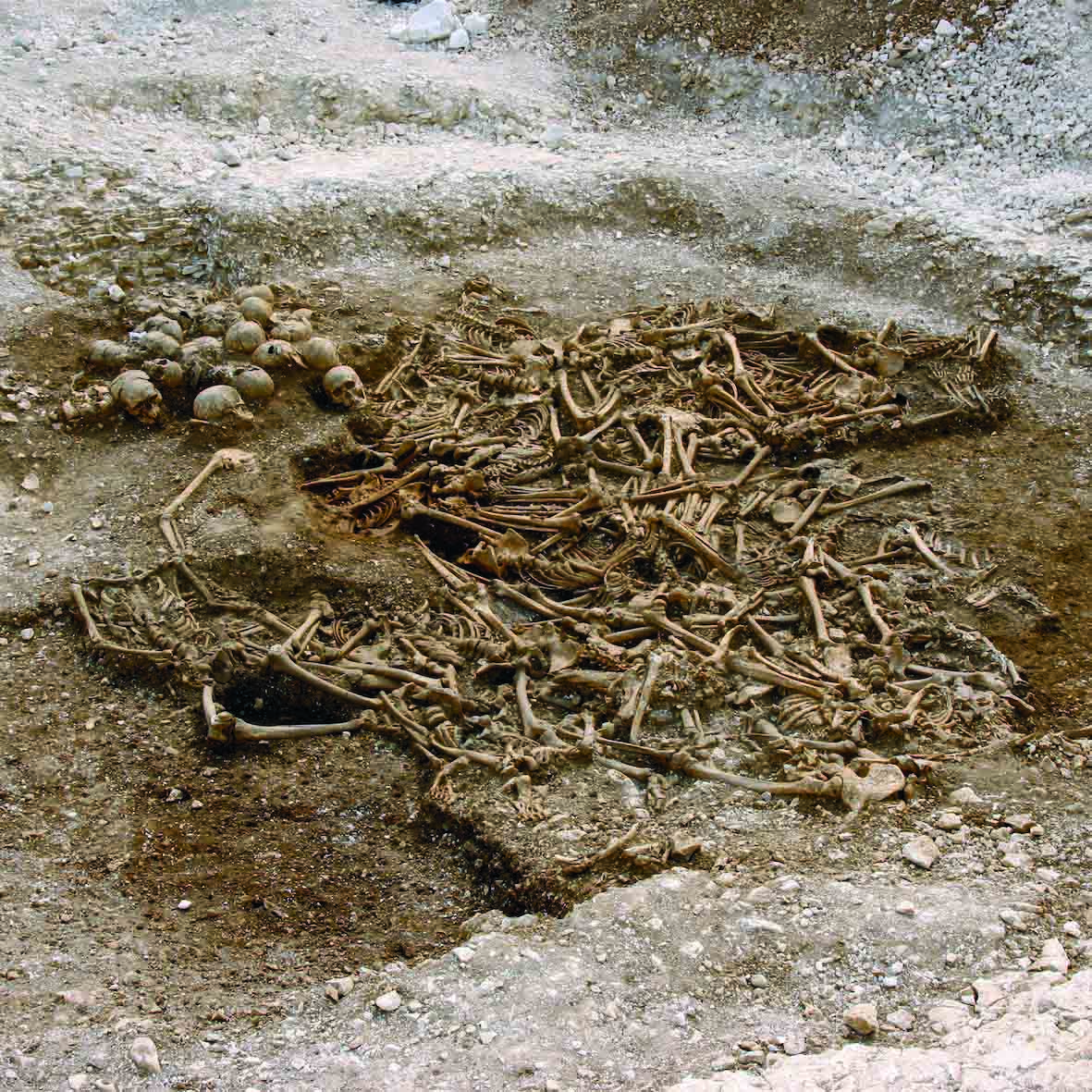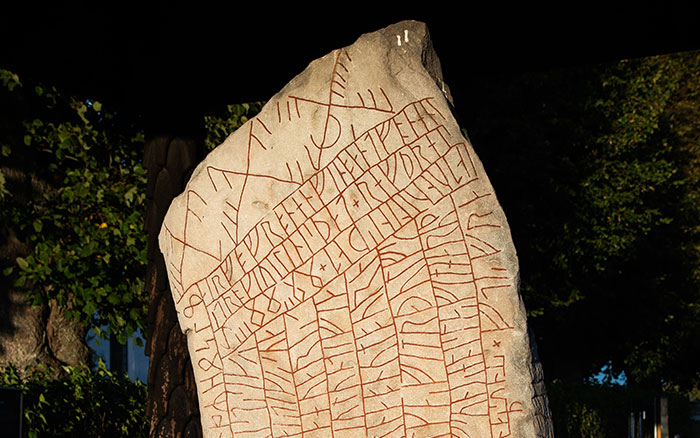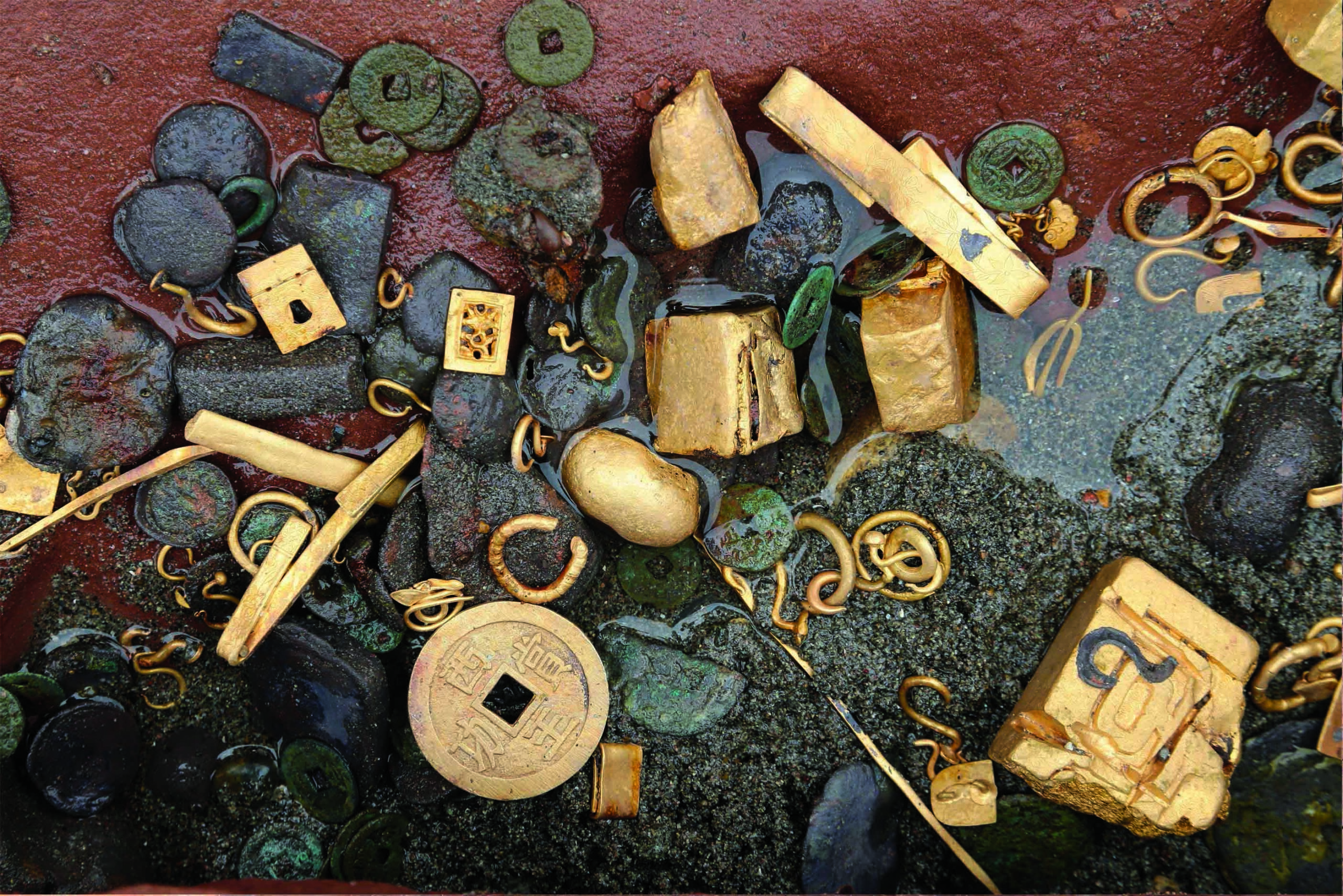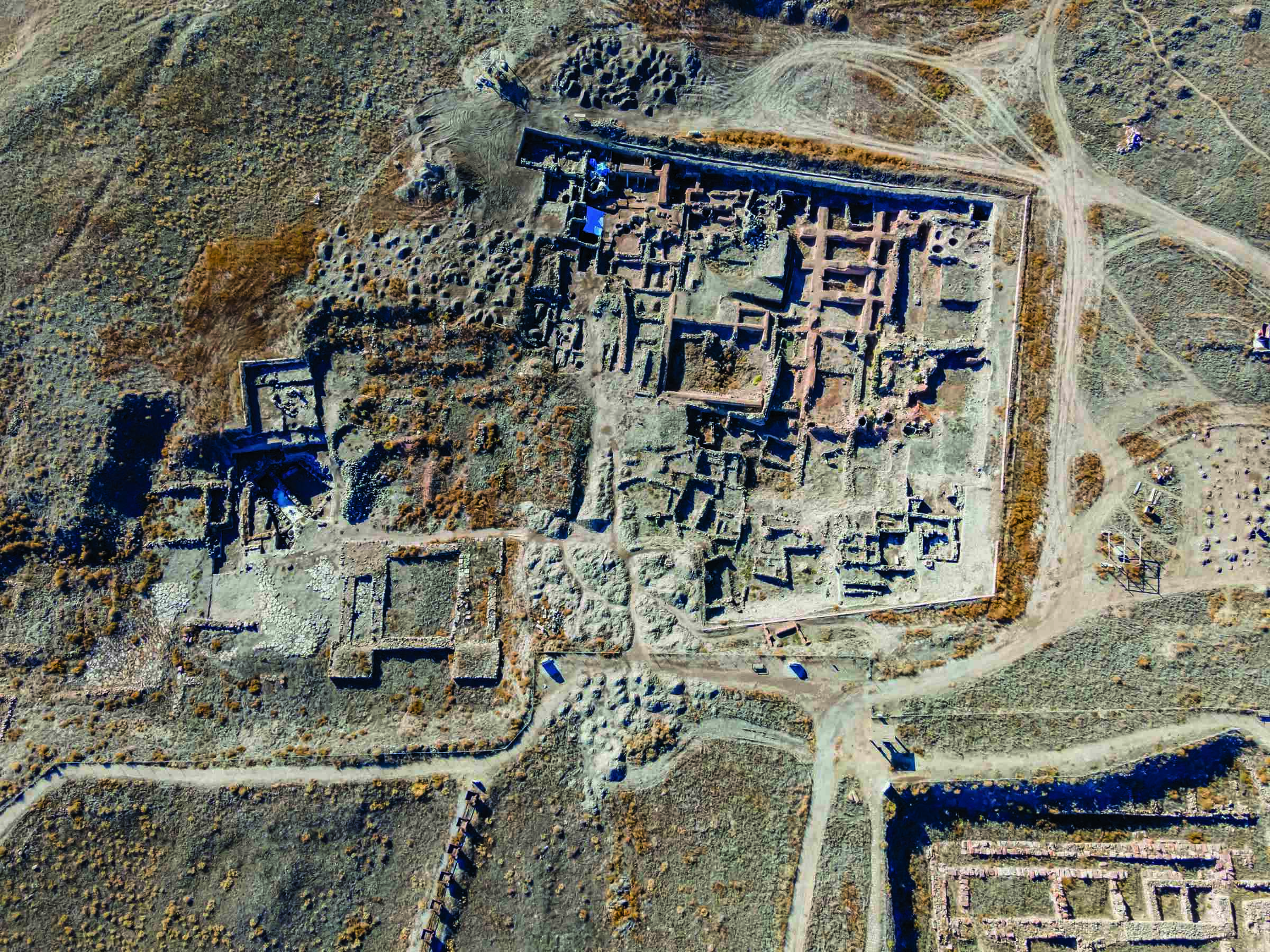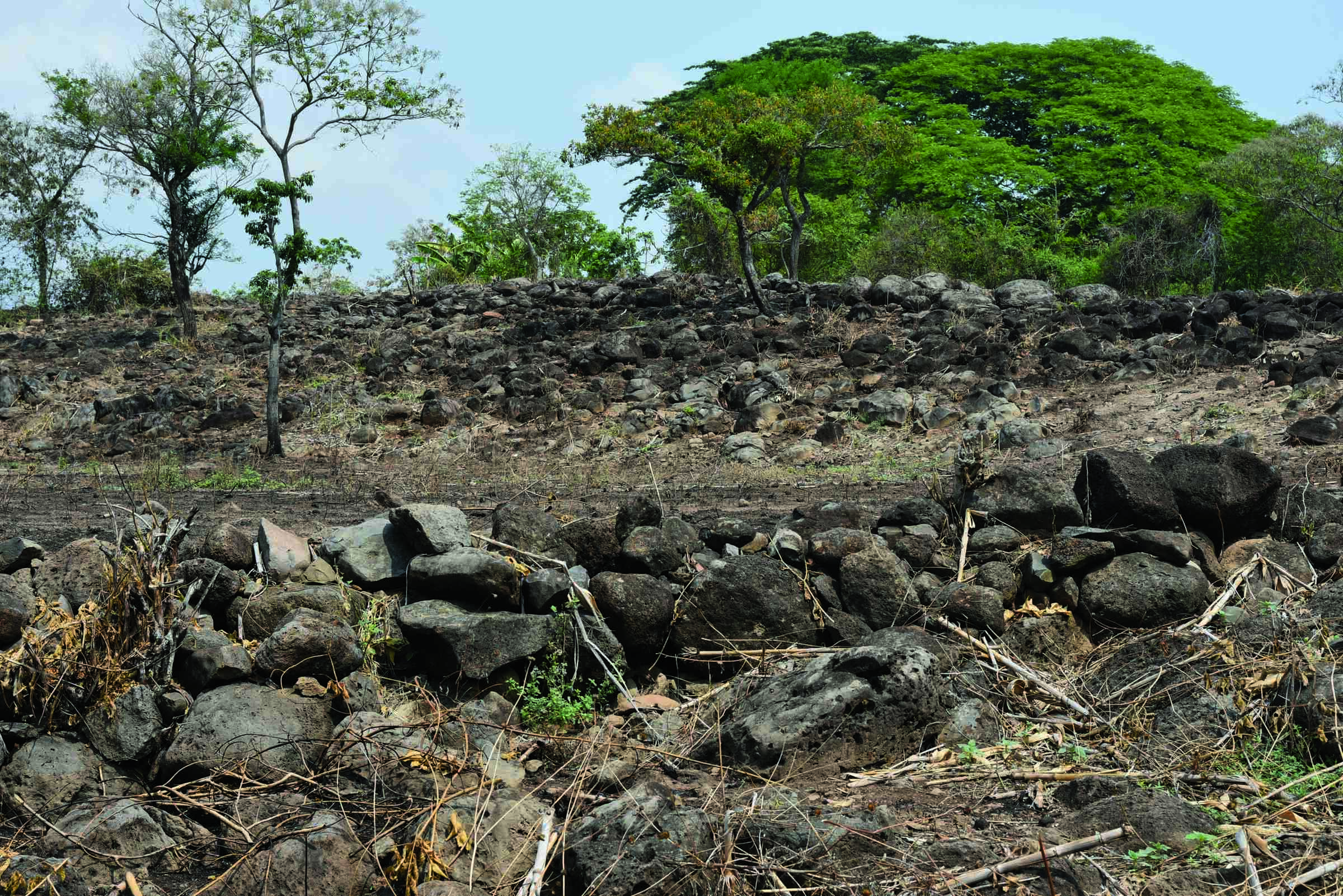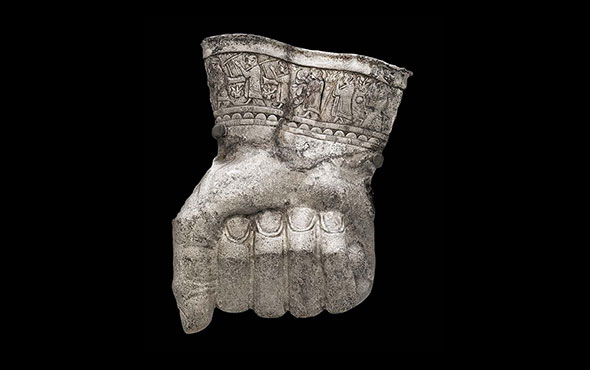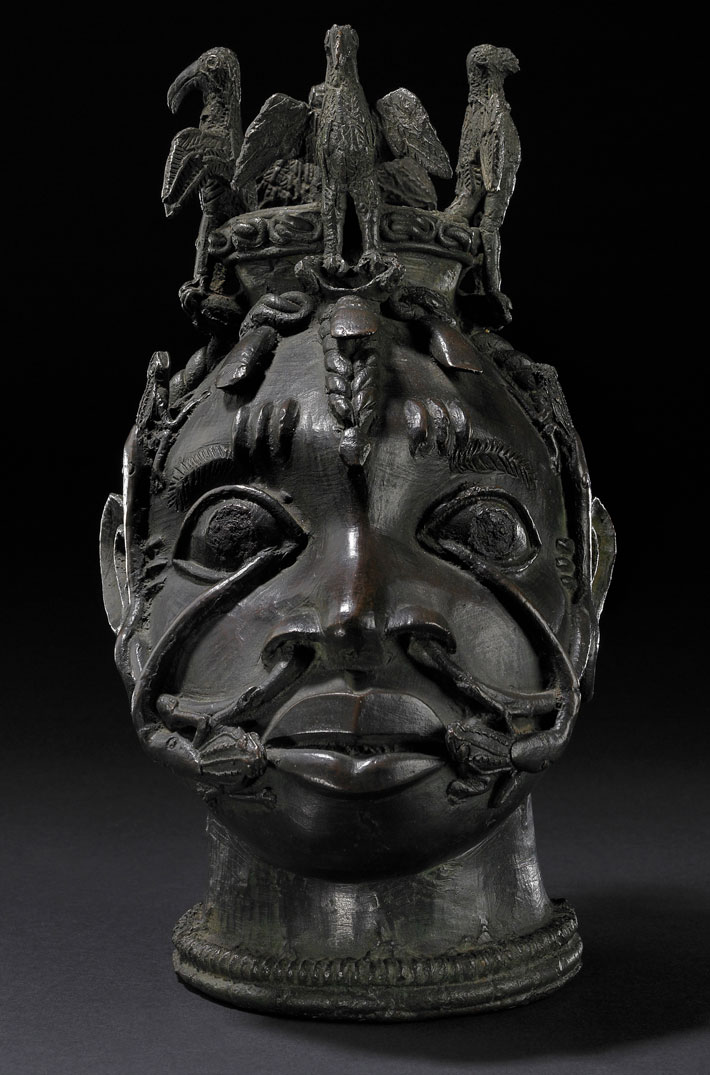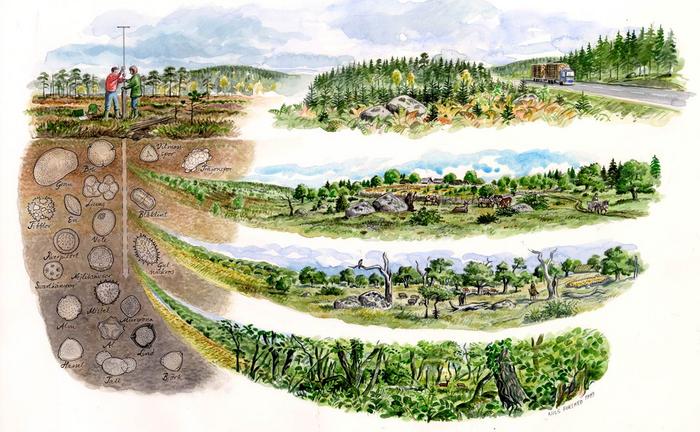
OXFORD, ENGLAND—According to a statement released by Frontiers, Amy Styring of the University of Oxford and her colleagues analyzed carbon in hazelnut shells recovered from archaeological sites in southern Sweden ranging in age from the Mesolithic period through the Iron Age. The proportions of isotopes of carbon in the shells vary by the amount of carbon dioxide in the environment, which is affected by the amount of available sunlight and water. Because there has been plenty of water in Sweden, the amount of sunlight would have had a greater influence on the ratio of carbon isotopes in the hazelnut trees, the researchers explained. Trees with higher carbon isotope values therefore likely had less competition for sunlight from other trees, as determined by a study of living hazelnut trees growing in various light levels. Styring and her colleagues then compared the ratios of carbon isotopes in the shells from living hazelnut trees with the shells recovered from archaeological sites. The study suggests that the environment shifted from heavily forested to more open and pasture-like over time. “Our study has opened up new potential for directly tying environmental changes to people’s foraging activities and reconstructing the microhabitats that they exploited,” Styring said. Read the original scholarly article about this research in Frontiers in Environmental Archaeology. For another example of the use of environmental data in investigating ancient land use, go to "Letter from the Faroes: Lost History of the Sheep Islands."


